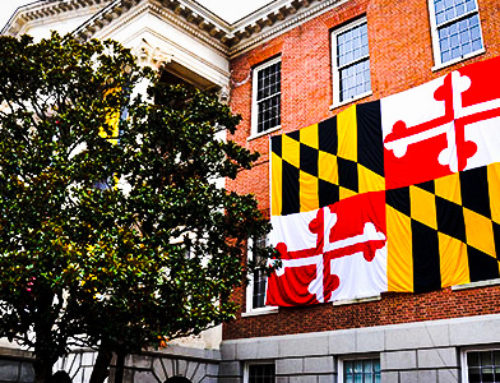View by Topic
Recent Articles
-
EPA Transmits California Electric Vehicle Waivers to Congress for RepealSaturday, February 22nd, 2025
-
SEC Reverses Course on Defending its Climate Related Disclosure RuleSaturday, February 15th, 2025
-
Reliance Letters: An Essential Part of Phase 1 Environmental Site AssessmentsSaturday, February 8th, 2025
-
Reverse Greenwashing: The Battle Over ExxonMobil’s RecyclingSaturday, February 1st, 2025
-
Anatomy of an Executive Order: Stopping the WindSaturday, January 25th, 2025
View by Month/Year
“Green Building Law Update” Headlines
Recent Articles & News from
Stuart Kaplow’s blog
at GreenBuildingLawUpdate.com
- EPA Moves to Overturn California’s Electric Vehicle Emission Standards February 23, 2025
- SEC Climate Disclosure Rule: A Dramatic Reversal Under Trump February 16, 2025
- Reliance Letters: An Essential Part of Phase 1 Environmental Site Assessments February 9, 2025
- Reverse Greenwashing: The Battle Over ExxonMobil’s Recycling February 2, 2025
Subscribe to the Green Building Law Update!
Stuart Kaplow brings his expertise and extensive experience to the table with his unique digital publication, "Green Building Law Update". Subscribers receive regular updates to keep them informed about important issues surrounding Environmental Law, Green Building & Real Estate Law, as well as the emerging demand for Environmental Social Governance (ESG).
Get fresh content through the lense of Stuart Kaplow's cutting-edge expertise, innovative commentary and insider perspective. Don't miss another issue! Subscribe below.
A Primer On UPREITS As A Vehicle To Defer Taxes
An umbrella partnership real estate investment trust (UPREIT) gives real estate owners access to public capital markets, while permitting them to defer taxes, which would be recognized if they directly sold their properties.
An UPREIT is a form of real estate investment trust (REIT) that holds properties through an Umbrella Partnership that the REIT controls.
Prior to considering the UPREIT, it is useful to review the historic role that REITs have played in the commercial real estate industry.
The REIT is often described as a mutual fund for real estate. The original REIT legislation, enacted by Congress in 1960, created a tax-favored vehicle through which the average person could invest in a professionally managed portfolio of real estate.
A REIT avoids all federal income taxes by complying with several organizational requirements, and compliance with tests concerning assets of, and income earned by the REIT. A REIT must distribute substantially all (95%) of its income each year (income distributed to stockholders in a REIT is, of course, taxable to those stockholders).
Today, REITs are proliferating rapidly. REITs have played an active role in the late 1990’s in capitalizing the real estate industry through the purchase of commercial properties.
In the 1960’s REITs were slow to flourish. By the mid-1970’s the REIT market had collapsed, with much of the commercial real estate market. REIT assets slumped from $20 Billion in 1974 to under $7 Billion in 1979.
In 1986 tax changes liberalized REIT powers and a new breed of REITs emerged. 1990 saw commercial real estate collapse, taking REITs with it.
Mall developer, Kimco raised $135 Million in 1992, the biggest REIT initial public offering, reviving REITs.
Taubman Centers was the first UPREIT to go public in 1992. And as investment in REITs increased through the 1990’s, topping $140 Billion capitalization in 1997, UPREITs gained popularity.
An UPREIT is a REIT that holds properties through an umbrella-limited partnership in which the REIT holds the general partnership interest.
The umbrella-limited partnership contributes cash to existing partnerships that own the real estate to be transferred. The existing partners then transfer their partnership interests in the partnerships to the umbrella partnership in return for limited partnership interests in the umbrella partnership.
This exchange permits the existing partners to gain in the real estate, which would be recognized if they directly sold their property. Transfer and recordation taxes can also be avoided.
The limited partnership interests in the umbrella partnership received by the existing partners are convertible into stock in the REIT to provide liquidity.
Should an existing partner later choose to convert his interest into REIT stock, the transfer will then be taxable.
With the large number of REITs looking to acquire real estate in today’s market, UPREITs offer opportunities, not only for large, but also for small commercial property owners to defer tax on the sale of their real estate.









